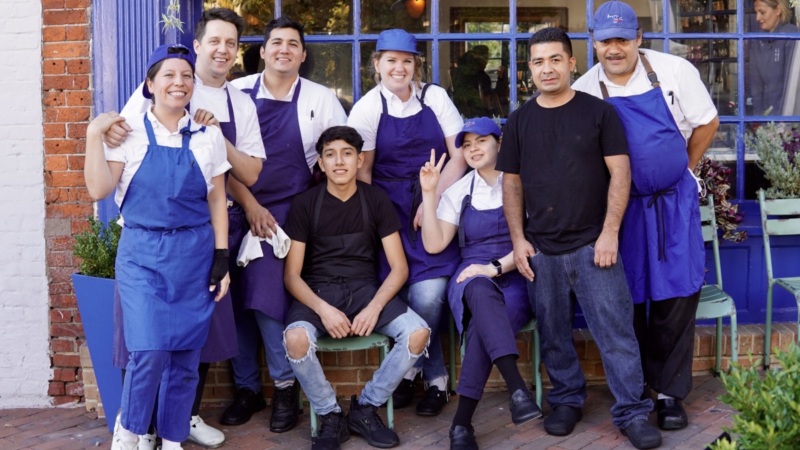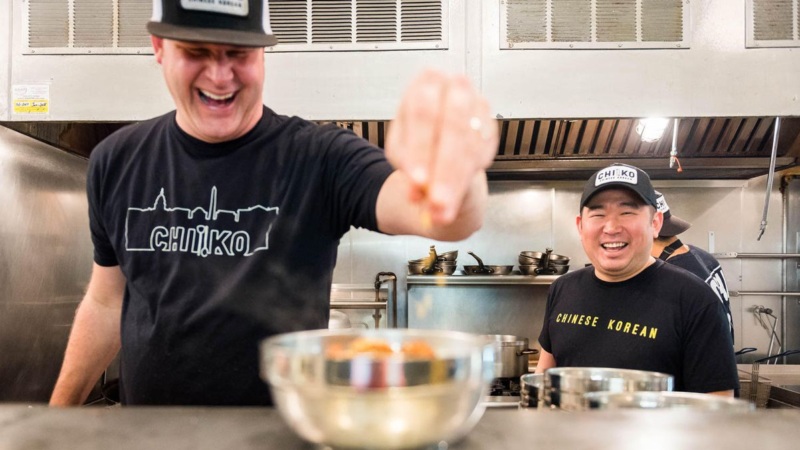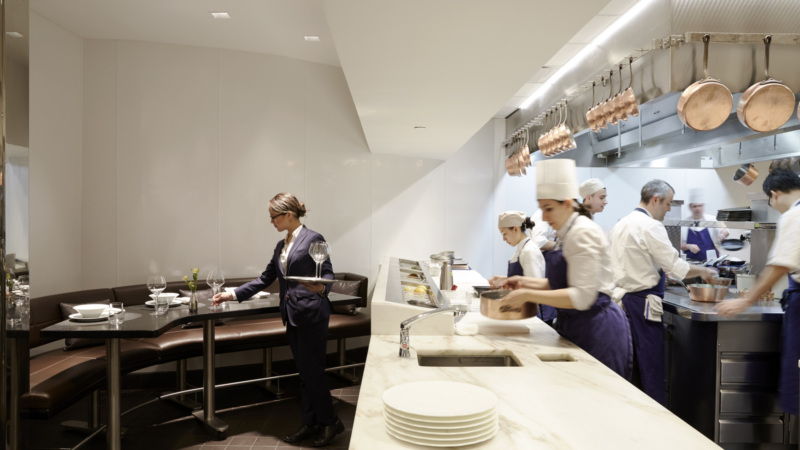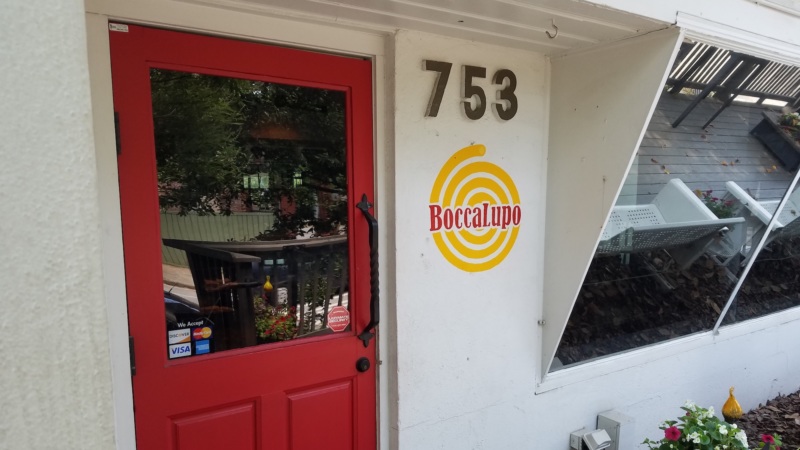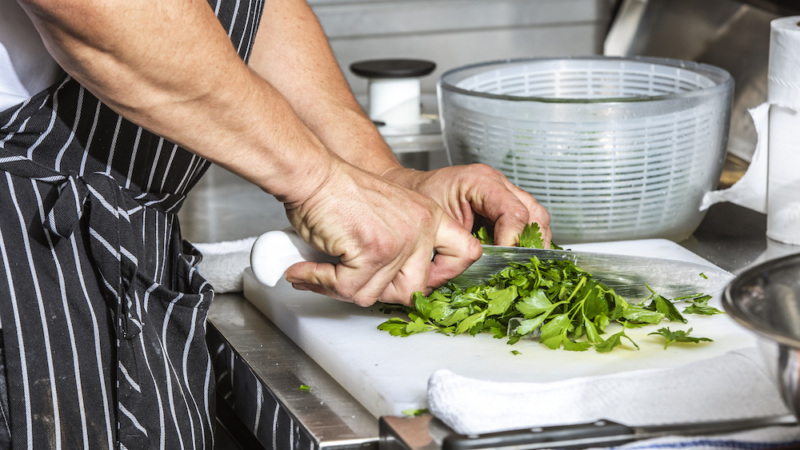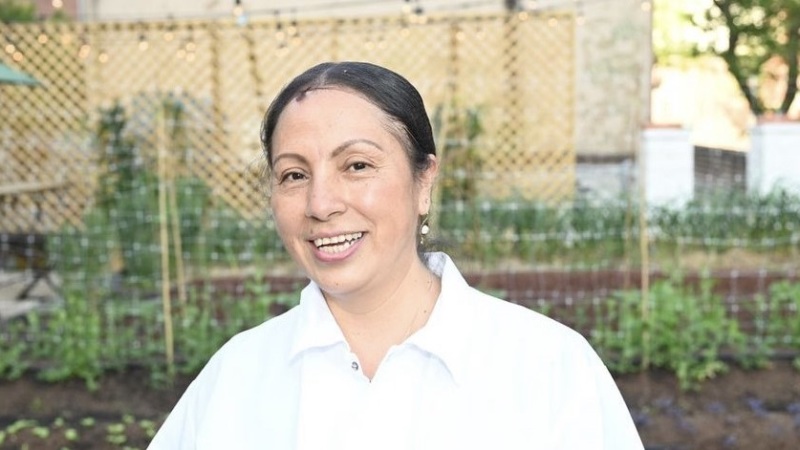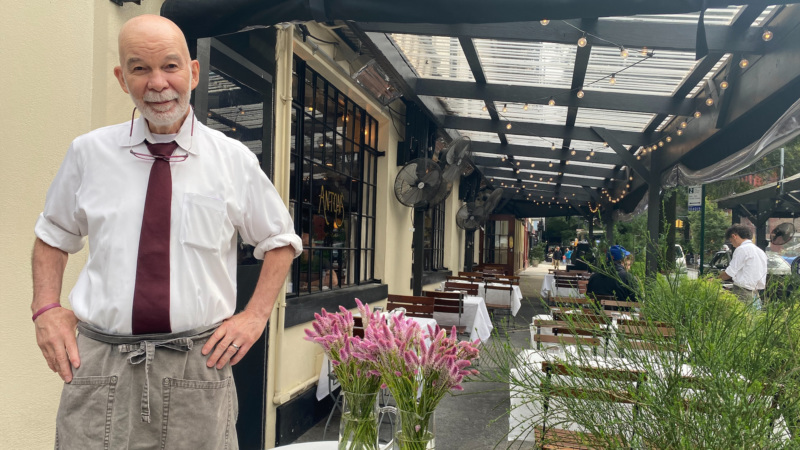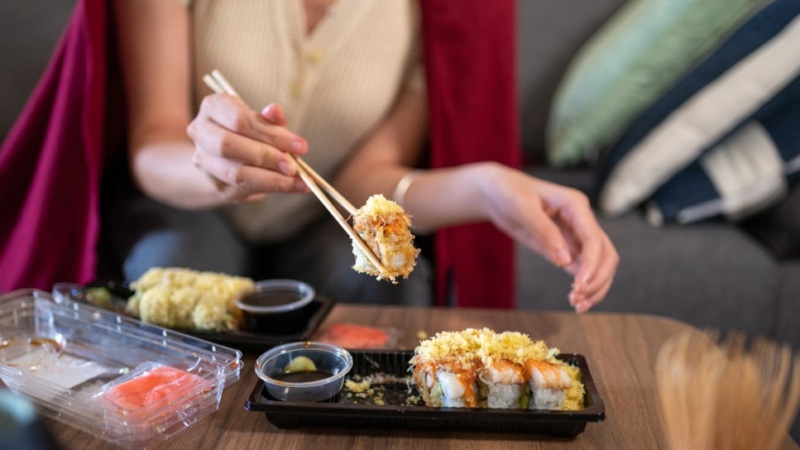

Easy Restaurant Email Marketing Campaigns for When You Need Inspiration
Technology has allowed restaurants to create a centralized hub of detailed information about every guest who comes through their doors. But just having this data is not enough – what businesses choose to do with it is what sets them apart.
Harnessing the power of email marketing can help restaurants generate more business and create a loyal, engaged fan base. Yet getting started with an email marketing plan or continuously coming up with new ideas for an existing program can be hard for anyone, but especially for busy operators.
That’s why Resy is proud to partner with Fishbowl, a more than two decades old email marketing company specifically focused on the restaurant industry.
“The name comes from the old days, when people would slip their business card into a bowl at a restaurant,” says Jeffrey Cole, Fishbowl’s Chief Product Officer. “And those business cards would be used to create marketing relationships for the restaurant.”
These days, Fishbowl has more than 50,000 restaurant clients. We asked Cole to share his advice for email marketing best practices, along with campaign ideas if you’re running low on inspiration.
Campaign Idea Thought Starters
If you’re just getting started or need a boost of fresh ideas, Cole suggests the following email campaigns to optimize your current email marketing approach.
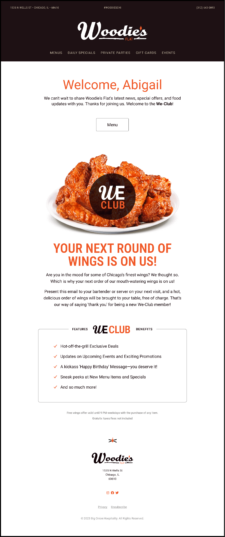
1. Run with Occasion-Based Emails
Birthdays, anniversaries, holidays: These occasions are low-hanging fruit for engaging with guests and drawing them back to your establishment. “You don’t have to be a genius to know people use restaurants to celebrate,” says Cole.
2. Target Guests Monthly with Specials and News
There are manifold ways to engage with guests outside of the above fixed occasions. You could inform your guests about special menu items, a new chef, a contest you’re running, or a home version of a signature recipe from your restaurant. As Cole notes, “There are dozens of things you can promote to have people engage with your restaurant.”
3. Use Guest Data to Your Advantage
If, for example, a pool of guests are coming in twice a year and you want to increase that to 4 times a year, target that dataset of guests with an email.
If 60% of your business happens during lunch, and you want to shift some of those numbers to dinner, target frequent lunch guests with an email to remind them of your stellar dinner offerings.
Best Practices
Cole is a firm believer that, “Email marketing for restaurants should be no less scrutinized over than the plates used to serve guests in the front of the house.” These are his essential tips for thinking smartly about marketing to your guests.
1. Use Segmentation and Personalization to Your Advantage
“Restaurants can have between 1,500 and 12,000 email addresses. Because of that volume, many restaurants feel they only have the time to send all the offers to all of that large database,” says Cole. “But with segmentation, you target the people who are most apt to respond to the offer or message you’re delivering.”
To fine-tune your message further, personalize your email by inserting the person’s name or the last time they visited—any personal detail can be useful.
2. Make Your Branding Beautiful and Consistent
Emails should include quality photography of your menu items, whenever possible. “Doing so has proven to be incredibly impactful with guests,” notes Cole.
Every email sent should also be well-branded with a consistent template so people know immediately when scanning their inboxes who you are and what you’re offering. Once you’ve nailed a template you like, stick with it. “The big companies use a shell of a template that rarely changes, which helps drive recognition,” Cole says.
3. Establish a Marketing Calendar
Many restaurants—if they even have a marketing department—have no more than 1 to 3 people working in marketing. That means there isn’t enough time to be strategic on a larger scale. But Cole recommends planning a minimum of a quarter at a time, “and even longer is better.”
Plan for local community events like trade shows and festivals. Then see what is happening at the state level and federal level like holidays.
Resy OS restaurants get access to exclusive pricing, perks, and service with Fishbowl. Learn more here.
*Opinions and views in articles shared on Resy OS are presented for the purpose of discussion and commentary on topics of interest in the restaurant industry; they should not be viewed as substitutes for advice given by professionally engaged business consultants and advisors.
Discover More



